[vc_row][vc_column][vc_column_text]
An unusually warm Atlantic may complicate what was thought to be a tame season.
HOUSTON — Last week, Colorado State University released an update to the hurricane season forecast initially produced earlier in the season.
The forecast still calls for above-normal activity across the Atlantic, with even more named storms expected than before.

The reason for this increase is tied to the record warm sea-surface temperatures across the Tropical Atlantic so far this season.
Temperatures across the Main Development Region (MDR) have been closer to what is normally seen in the month of August, rather than June and July.
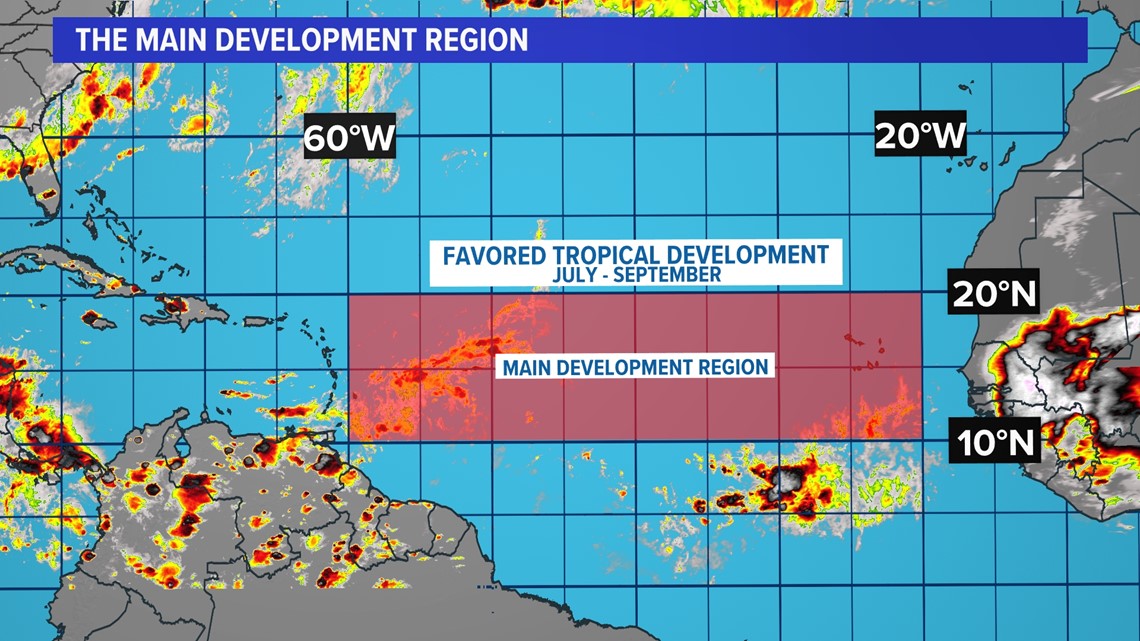
The warmer water is the fuel that tropical systems feed on to strengthen as they move across the Atlantic. However, water temperatures in the Atlantic are only one part of the equation.

In the Pacific, extremely warm waters have also developed leading to the start of an El Niño pattern. This El Niño is forecast to strengthen as we move deeper into the season.
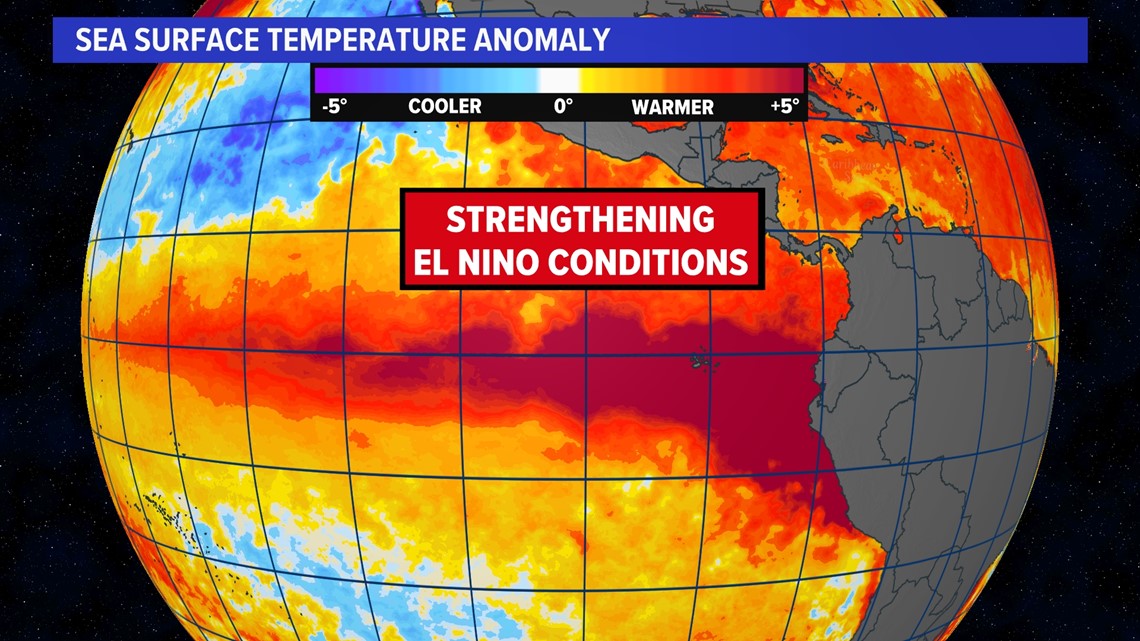
When El Niño develops, it leads to a more active Pacific Jet Stream which travels farther south, moving over the Gulf of Mexico and Caribbean. In turn, this contributes to more wind shear across the tropical Atlantic, limiting storm development.
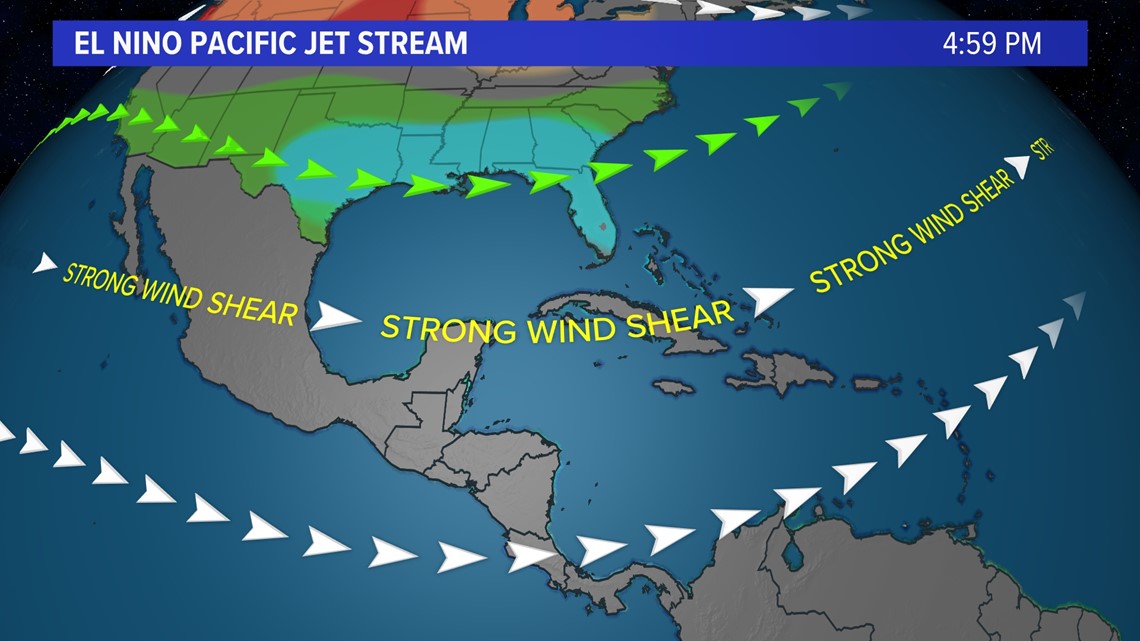
However, shear has been relatively weak across the Atlantic so far this season. Since El Niño just developed in the last few months, the response in the jet stream may take some time to develop. In other words, wind shear will remain weak at least for the next few weeks.
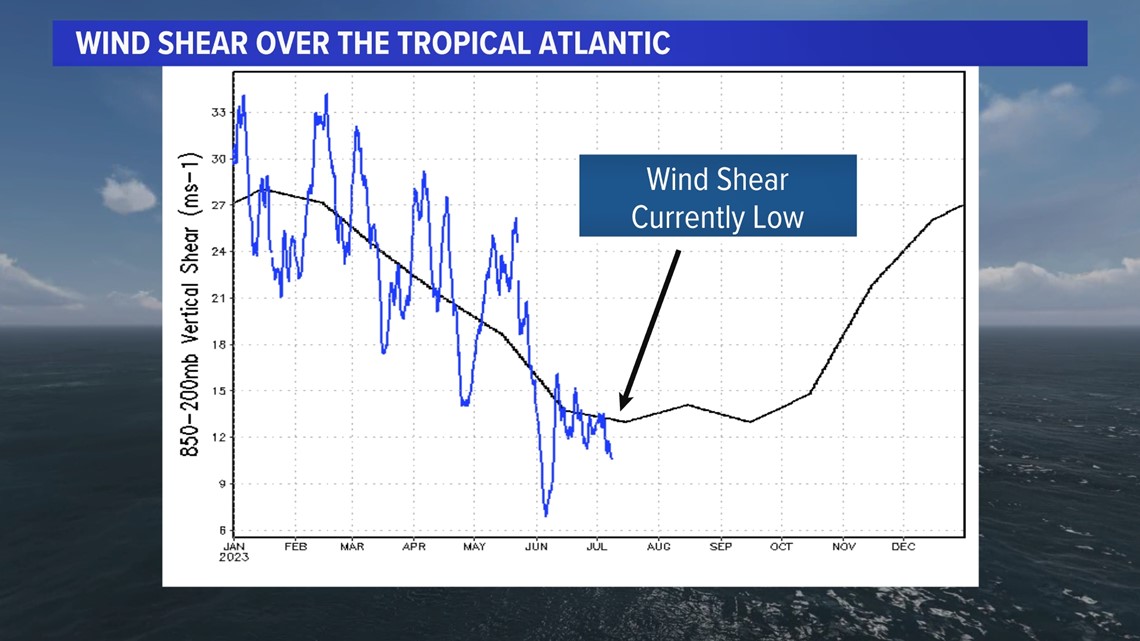
The balance between the warm Atlantic and El Niño wind shear is important for the evolution of our hurricane season. At the moment, the warmer Atlantic is outweighing the impacts of El Niño.
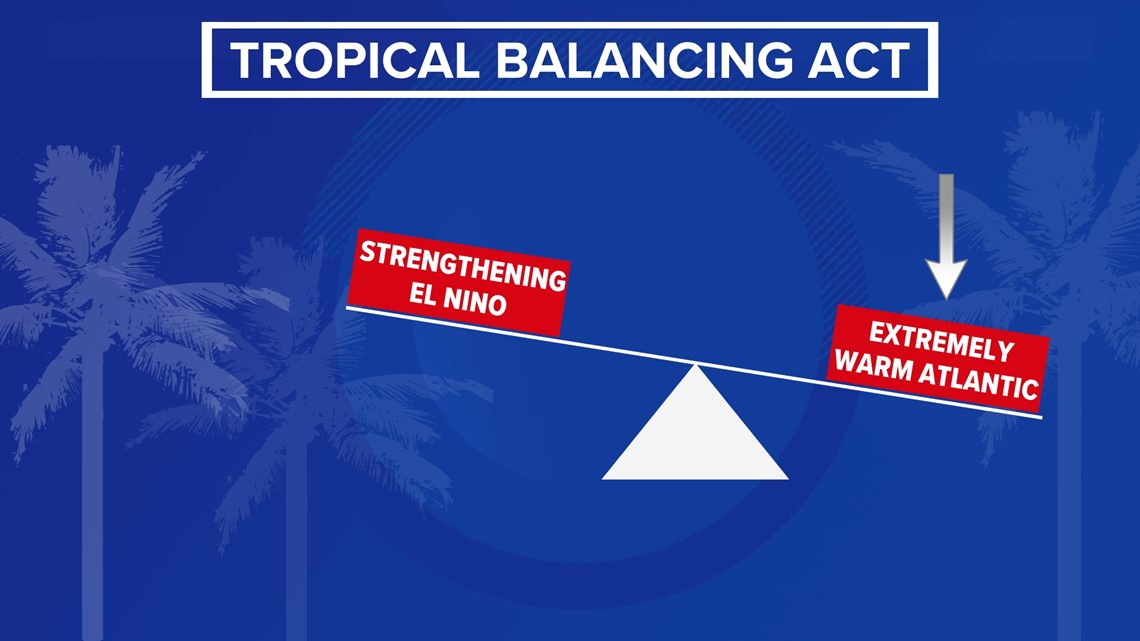
However, if the scales tip in the opposite direction later this season, it could mean fewer storms. Either way, it only takes one storm to develop and cause problems, so stay on top of the forecast over the next few months.
[/vc_column_text][/vc_column][/vc_row]